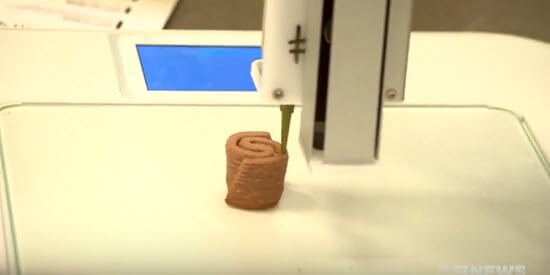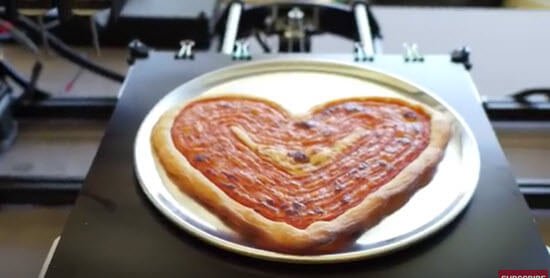Three Grilled Fruit Desserts You Must Try… with Ice Cream!
By Kent Whitaker - Grilled Fruit Desserts with Ice Cream: A Guide for Grillers Summer grilling is a fantastic opportunity to expand your grilling repartee beyond traditional meats, veggies, and hotdogs. Why not look towards the fruit bowl in your kitchen for some inspiration. There are a bunch of fruits suited for great grilling that can be used as a side dish, a garnish as well as an ingredient in a recipe such as grilled mango salsa or pineapple with a nice hamburger! Then there’s always the dessert consideration. Fruit is naturally sweet, so why not take that attribute and put it towards good use when you’re thinking about your after-dinner dessert? Here’s my top-three pieces of fruit that I love to grill and serve with ice cream. Consider these starting points for your next family favorite recipe. Make these starting points your own with your own flavor additions. Grilled Peaches and Cream Something about a grilled peach says summertime! Just like a grilled apple reminds me of fall! Select several nice peaches that are not too soft. You’re looking for something that will hold up well when on the grates and when turned. Rinse the peaches off, slice them in half, remove pits, brush the tops with soften butter, and grill butter side down over medium high heat. Allow them to cook for a few minutes, then turn, and continue to grill for only a few minutes more. Brush with additional butter if desired, sprinkle with brown sugar, and serve hot with cinnamon crisps from the deli if available and a scoop of ice cream. NOTE: You can use peach slices as well with a grilling basket! And, why not grill up some peaches for your next peach cobbler? Give it a try. Grilled Honey Coconut Rum Bananas Here’s an idea that’s steeped in one of my friends Cuban background. They loved using traditional plantains but turned towards the banana as the main ingredient because bananas were easier to find. This is probably one of the easiest grilling recipes around when it comes to fruit. Slice the banana lengthwise, keep them in their peals, brush with butter or use butter flavored non-stick spray. You can use a griddle, on prepared grates, in a grilling basket, and even on foil. Grill the bananas with the peel over medium high heat just long enough to add grill marks and brown the edges slightly. The banana will start to cook and pull away from the peel slightly. Drizzle with [...]













